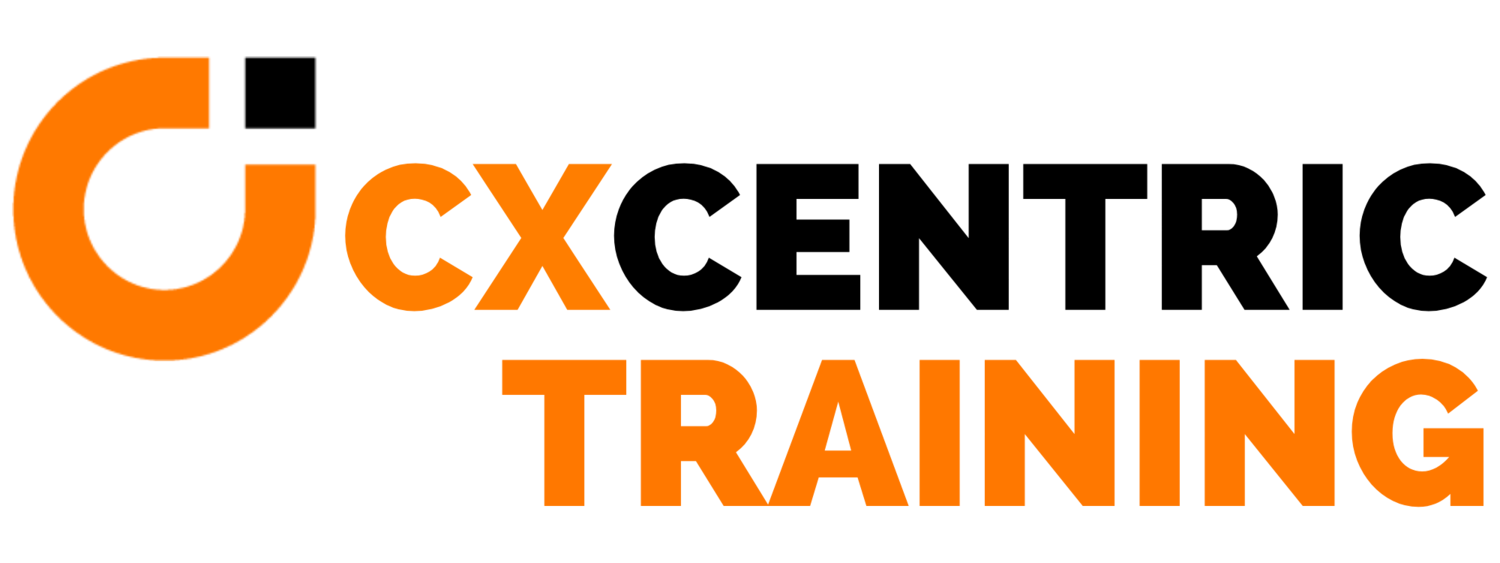Bridging the gap between Customer Experience and Customer Success, with Sue Nabeth Moore
We were very lucky to have booked Sue Nabeth Moore to join us as part of the CX Centric Conversation. CX Centric Conversations are international and interactive, and always explore pressing challenges related to business growth through Customer Experience.
By and large, Customer Experience(CX) and Customer Success(CS) have been viewed as two separate entities. However as CX Centric we explore whether or not this should be the case as we advocate for the two subjects to be combined. Customer Success (CS) is basically a business method that ensures that customers achieve success, their desired outcomes while using the business products or services. On the other hand, CX is basically an interaction between an organisation and its customers over a duration of their relationship hence one can deduce some similarities between these two imperative entities of an organisation hence the reason the two should be combined.
On one of our CX Centric international discussions which took place in September, we invited Sue Nabeth Moore who was one of our guest speakers to shed more light into bridging the gap between Customer Experience (CX) and Customer Success (CS). Moore is the Founder of Success Black Enterprise as well as the Co-Founder of Customer Success Mastermind. Her professional profile is versatile including multiple skills and experience in Sales, Marketing, Customer Success, Change Management, amongst other fields she is experienced in. Moore is also passionate about evangelising Customer Success hence making her a befitting speaker for such a discussion. Her presentation was broken down into five (5) phases which included the evolution of CX and CS, the definition of CX and CS, Why an organisation should invest in both CX and CS, the overview of Framework and finally Bridging the gap.
Moore started off her presentation with the evolution of CX and CS, were she mentioned that CX was firstly adopted before CS and that CX was mainly used in the B2B companies and retail spaces. She further mentioned that CS started mainly in the USA were it was used mostly by B2B companies before being also adopted by B2C companies. Moore further mentioned about the common buzzwords used with the two entities were she said for Customer Experience, the common buzzwords are loyalty, moments of truth and touch points. For Customer Success, the common buzzwords she mentioned included engagement model, health score, on boarding, trusted advisor and CSM (Customer Success Manager).
What is the difference between CX and CS?
However, Moore also mentioned that there are buzzwords which are common for both CX and CS and these buzzwords include segmentation, customer journey, persona, retention, expansion, ML ( Machine Learnig) and VOC ( Voice Of Customer). Miss Moore then proceeded to bring out the synergy between CX and CS by defining the two entities separately. For CS, Moore defined it as “a win-win business strategy to proactively generate suitable outcomes and growth for customers and consequently for your company”, while defining CX as “ the sum result of how the customer perceives each of its interactions with the company over the duration of their relationship”. In bringing in the mutualistic interdependence between CX and CS, Moore mentions that CX ensures the perception of positive sentiment while CS ensures the perception of positive value thus an organisation needs both CX and CS to thrive.
Perception of Value vs Perception of Sentiment
Moreover in bringing the synergy between CX and CS, Moore used a formula to demonstrate this. The formula is given as CS ( Perception of Value ) = CX (Perception of Sentiment) + CO (Perception of Outcomes) [ Courtesy of Gainsight]. Moore also mentioned the reasons why companies should invest in both CX and CS. Here, Moore mentioned the main charters the two subjects (CX and CS) can achieve for the company if used together. These charters include to optimise opportunities (e.g create client advocate, retain customers etc) and to reduce risks (e.g minimise churn, minimise negative sentiment etc). In bringing in the synergy between the two subjects, Moore further mentions that CS + CX is equivalent to the Customer Centric DNA of the company.
In her overview of Framework, Moore uses the GPS ( Guide to Performance Success) which she uses for the Success Track Enterprise. This framework is about a Customer Success Strategy where an organisation needs to make sure that Customer Centricity, Service alignment as well as Operationalisation are part of the company to help it achieve this strategy.
In finishing her presentation, Moore touched on the most important aspect of her presentation, which is that of bridging the gap between CS and CX. In presenting this part, Moore came up with the different processes, tools and information of both CX and CS and did a bit of mapping to show how the two subjects (CX and CS) can fit together hence bridging the gap.


